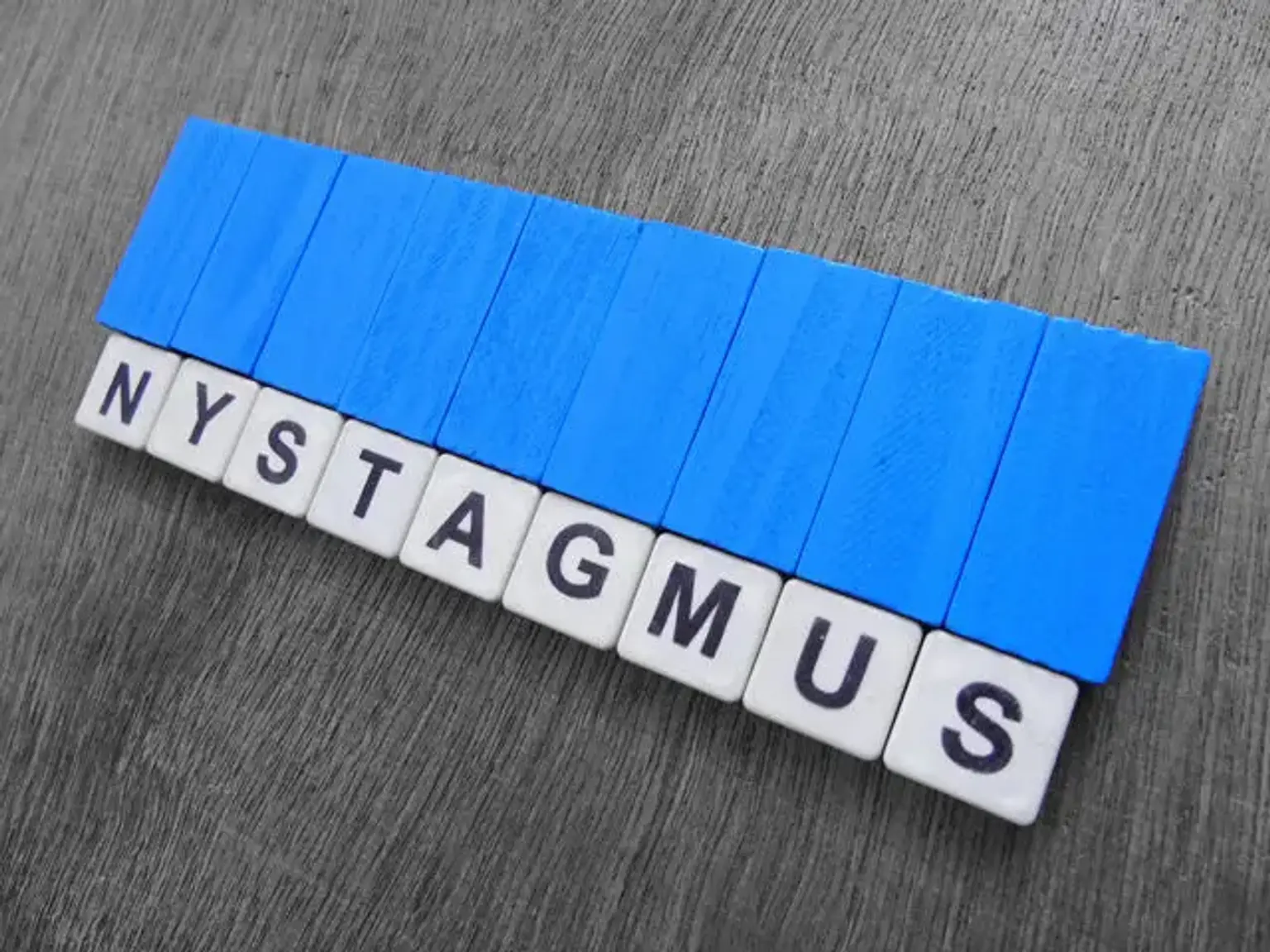Nystagmus
Overview
Nystagmus is a condition characterized by involuntary (or, in some circumstances, voluntary) eye movement. Infants can be born with it, although it is more usually acquired throughout childhood or later in life. It may result in diminished or restricted vision in many circumstances. It has been dubbed "dancing eyes" because to the involuntary movement of the eye. This page discusses many forms of nystagmus, their etiologies, and treatment options.
